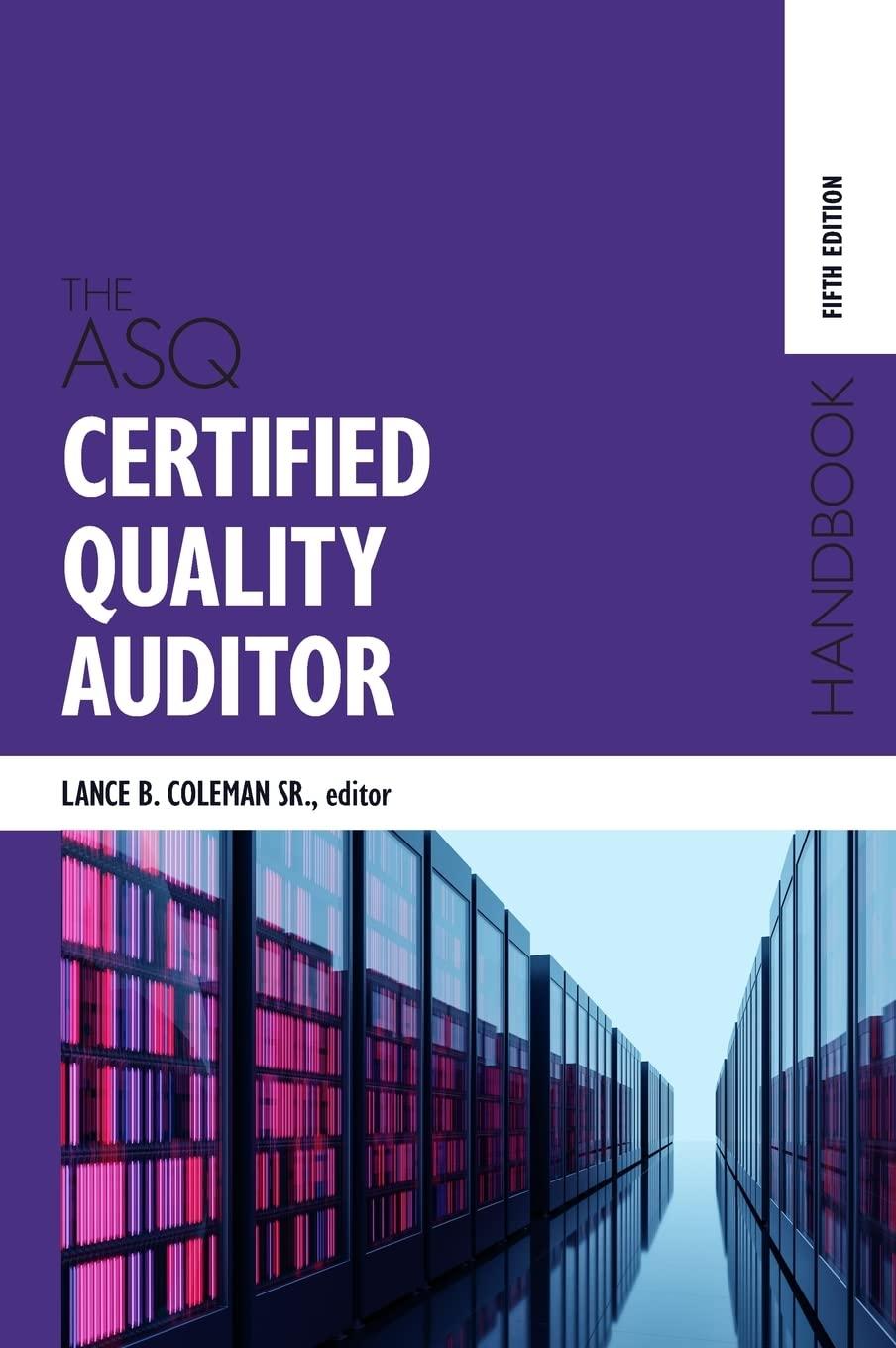Question
The National Basketball League is a professional sports league in North America. Each team in the league must participate the revenue sharing system. For the
The National Basketball League is a professional sports league in North America. Each team in the league must participate the revenue sharing system. For the purposes of the revenue sharing plan, there are no limits to the amount each team may contribute to the plan. Each team is subject to a receipt limits based their designated market area (DMA). For teams with a DMA between 1.5-2.249 households, the final receipt limit is set at 75% of the initial receipt; for a DMA of 2.5-3.249M, the final receipt limit is set at 25% of the initial receipt; for DMAs over 3.25M, the final receipt limit is set at 0%.
If a team rents their arena, items such as fixed signage, temporary signage, and leased luxury suites are included in the plan at 100%. If the team controls their arena with no cotenants, the team must include these items at 70%. For a team that has another professional team as a cotenant, the respective inclusion percentage is 40%. If luxury suites are sold on an individual event-basis, the revenue that is generated from NBL-games is included in the revenue sharing plan at 100% (revenue generated from suite sales to other events are not subject to revenue sharing). Post-season revenues and expenses are excluded from the revenue sharing calculation. Player salary and other expenses are taken at the league average, which were $86M and $7.2M respectively for the 2017-18 year.
Each team in the league plays 82 regular season games a year, half of which are home. The leagues national television deal provides each team with $30M annually in revenue with $500k in associated expenses. Additional league managed items such a licensing provided the teams with $17M in revenue and $3M in expenses. Each team also received a $900k post-season distribution from the league.
If there is no inclusion percentage specified, items are included in the revenue sharing plan at 100%.
Team A
Team A is an arena controller with an NHL cotenant. The team has 3.0M households in their DMA. The team has a related party media deal worth $35M annually which took effect for the 2017-18 season. The fair market value for the media rights has been valued at $40M for the 2017-18 season. The average gate attendance per game was 15,100 people. The team had one of the highest average ticket prices in the league at $103 and a novelties and concession per cap of $7.25. The teams associated gate expenses were $1.65M and concessions expenses totalled $1.25M. The team also leases 20 suites for a total of $6M per year. Since the team had 5 suites that did not have a lease holder in the 2017-18 season, they were able to sell these unleased suites on a single event basis. Throughout the 2017-18 season, the team generated $1.6M from selling the unleased suites, where $0.9M came from suite sales to NBL games. Fixed signage inventory generated $4M with an 85% margin, while temp signage revenue was $3M with a 90% margin. The teams main expenses were player salaries ($85M), basketball operations ($15M), G&A ($10M), and other expenses ($2.4M). The team has been in a rebuilding phase and has not qualified for the playoffs the past three seasons.
Team B
Team B is an arena renter. The team has 1.85M households in their DMA. The team signed a local cable deal worth $25M annually. The deal, which took effect for the 2015-16 season, stipulated that the $25M fee was based on the television network broadcasting 60 games. However, the team did not fulfil its obligations as the network only had access to 58 games for 2017-18 so the teams revenue was adjusted proportionally.
The average gate attendance per game was 13,400 people. The teams average ticket price in the league was $90 and a novelties and concession per cap of $6.25. The team must pay their concessionaire $2.95 per transaction. The team also leases 22 suites for a total of $6.65M per year. Fixed signage inventory generated $3M with a 75% margin, while temp signage revenue was $4M with a 90% margin. The team has been successful the past few seasons, making it to the second round of playoffs in 2017-18, earning net revenues of $8.6M. The teams largest expenses were player salaries ($93M), basketball operations ($32M), G&A ($4M), and other expenses ($3.2M). The team also had expenses tied to gate receipts where they had a 90% margin.
Assignment
Based on the information above, first create a P&L for each team for the 2017-18 season. Then apply the revenue sharing plan criteria noted above to determine the P&L amounts subject to revenue sharing.
Step by Step Solution
There are 3 Steps involved in it
Step: 1

Get Instant Access to Expert-Tailored Solutions
See step-by-step solutions with expert insights and AI powered tools for academic success
Step: 2

Step: 3

Ace Your Homework with AI
Get the answers you need in no time with our AI-driven, step-by-step assistance
Get Started


